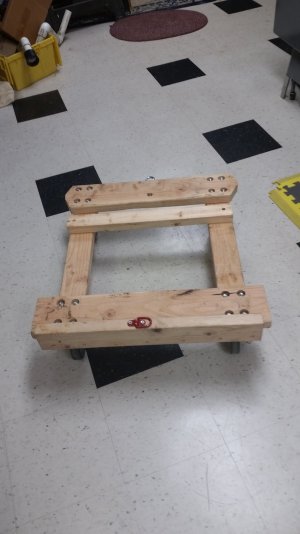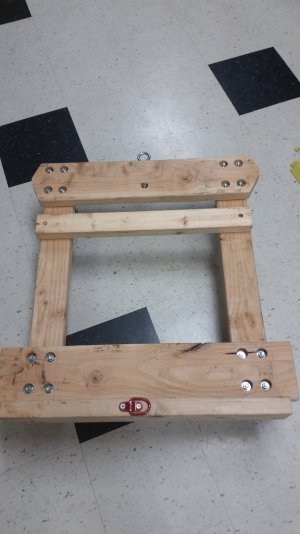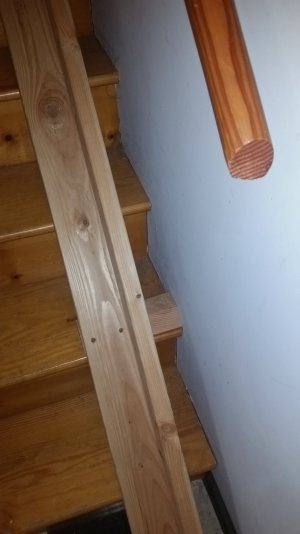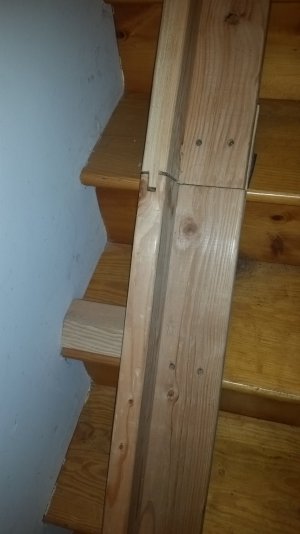- Joined
- Dec 18, 2019
- Messages
- 6,426
Thanks for the report on the lives of the wheel coverings. I really wasn't that surprised. Yeah, they all plead ignorant. That's because they never use their product. Thanks for the link.those wheels are like all other polyurethane wheels I've had... short lives.. My woodshop has many , many sets that have disentegrated. Calling the original sellers to complain , they tell me they have never heard of that... but one of the vendors sells the wheels separately, so what does that tell ya.
Rather than pay their price I ordered from https://shop.servicecaster.com/ in case you are interested.
I made ramps, I use a HF electric winch to raise and lower. I tried with a hand cranked winch... I'll say that was a big mistake. The electric winch is totally controllable. A cheap solution is the 12V and use a battery.
After the disintegrating wheels, I'm hesitant to use an HF electric winch if there are humans in the way, or at the bottom of the stairwell. That human might be me. The stairwell is narrow, so pretty hard to jump out of the way. Zero trust in a hand winch, just because they rarely have big enough cranks to make it easy to control.
My batting average with HF is better than 85%, but just don't trust their equipment with my life, or a buddy's. Block and tackles are easy for me to understand. Yes they can be dangerous, but I understand those risks.





